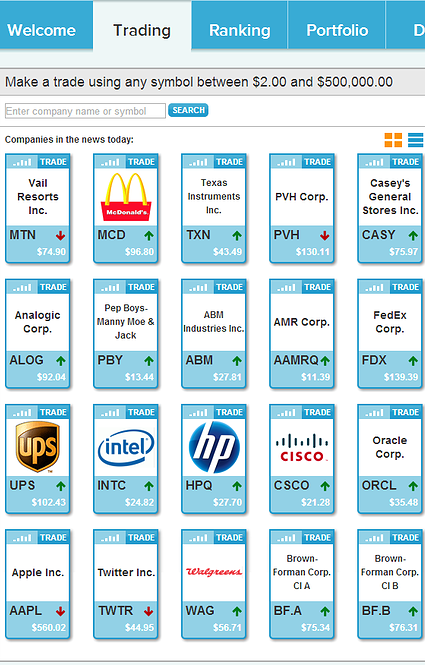ClosedEnd Mutual Funds versus OpenEnd Mutual Funds
Post on: 15 Июль, 2015 No Comment

Im sure many people didnt even know there was a difference, and further, if you own mutual funds do you know if they are open-end or closed-end? Does it matter? Yes!
MOST mutual funds out there are open-end mutual fund trusts. That means that the mutual fund manufacturer (like a Fidelity, or AGF, or Franklin Templeton) can constantly sell new units of the fund to investors i.e. the fund is not closed to new funds. In contrast a closed-end funds manufacturer does not accept new money from investors to give to the mutual fund manager.
So lets look at the open-end version in a little more depth: the mutual fund manufacturer can sell new units and investors can redeem units on a constant basis. Some days that means there is a net increase of funds to the fund manager, and some days that means the fund manager has funds taken away from the mutual fund. This CAN lead to some interesting problems. When mutual funds get very large (in the multi-billion dollar range) it becomes harder for mutual fund managers to effectively deploy the new money into investments that they think will beat the index. You might say, well why dont they just add to their existing positions? Mutual fund managers are only allowed to hold a certain percentage of the common shares available for any given company so there comes a time when they reach this level. They cant own more than 10% of the shares of a company. So if the fund is large, and they have a lot of free cash to invest, they have to spread it around A LOT: they have usually maxed their allowable positions in their top picks and 10% of a small cap stock can be reached very quickly for these large funds so the question arises: are they deploying the money effectively?
A second problem with open-end funds is that if markets are going down, OR if the manager is under-performing the index, then investors are more inclined to redeem their units in the fund. In order to do that, the fund manager has to make sure that there is enough cash in the fund to meet these redemption requests. If the redemption requests are large, then the fund manager has to sell out of existing positions (especially at times that may not be opportune to do so) thus creating a snowball effect and further increasing the downward pressure on the value of the fund and making more investors wanting to get out.
A closed-end fund is different in that once the fund manufacturer has accepted investments up to a certain amount, they will close the fund to new investments and the funds units will then trade directly on an exchange. (Open-end funds are held by the mutual fund manufacturer and deal directly with the investors.) Once the closed-end fund starts trading on the exchange the only way to buy or sell the units of the fund is to buy from or sell to other investors directly the fund manufacturer is no longer involved.
Even better for the mutual fund manager is that he/she no longer has to worry about maintaining a cash position to cover redemption requests, nor does he have to worry about finding ways to deploy new cash into less than ideal investments.
You will find that many mutual funds with small cap mandates will be closed since the problems mentioned above are magnified because the universe of their investment selections is much smaller than for a large-cap manager. One thing to watch out for with large cap funds is that if the amount of money in the mutual fund is too large, you may just end up finding that the portfolio of the fund matches the index very closely and you will end up owning an index fund with a big fat MER (Management Expense Ratio). If that is the case, you may want to switch to an Index Fund with no manager (an ETF or Exchange Traded Fund) OR find another fund manager and a fund that is smaller, or closed-ended.
So, you can see that there are some distinct advantages for closed-end funds!
If you found this article of interest, please consider subscribing to my RSS Feed. If you want to learn more about what an RSS Feed is, click here. Thanks!














